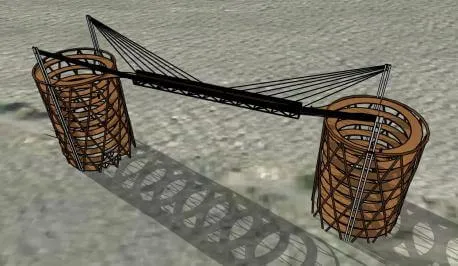We had 14 senior capstone design course projects in 2019-2020. Projects spanned the range of our core disciplines and were Service Learning-based, meaning the students engaged with community partners as their clients, for guidance on the project goals, constraints, and feedback on design recommendations. Service-learning is embraced by the department and throughout UVM as an experiential learning environment, where students learn from and are accountable to their community needs, as well as their course objectives. As part of this activity we also engaged a cadre of over fifteen design professionals along with our faculty. Their role was as specialty area technical advisors for teams, and also as project reviewers in formal design review sessions
Our projects included designing upgrades to existing water treatment systems for PFAS removal at two communities. On the wastewater side, a student team worked closely with the Village of Essex Junction Water Reclamation Facility to pilot a phosphorous removal addition at their facility. Another team designed an optimized nutrient removal process at a South Burlington Wastewater facility, specifically aimed at enhancing removal via biological methods over chemical additions. A project on brownfield site development for a community aquatic center involved, a team designing structural elements and a team from the UVM SEED capstone program designing the mechanical, electrical and plumbing elements (MEP), with all teams working in concert. Other projects included improving pedestrian access, including ADA accessibility, and bridge rehabilitation for a community trails group as well as another involved conceptual design for a high-clearance bridge at the Colchester-South Hero causeway that would allow full-year pedestrian/bike access between Colchester and the Lake Champlain islands. In addition, a team developed a conceptual design for solar panels on a local parking garage, another team focused on site storm water and accessibility improvements for a local cathedral and finally another team focused on designs to sustain a 200 year-old historic meeting house in central Vermont. Given this is Vermont it was appropriate that snow and ice removal related roadway design improvements were another team’s focus. This project provided assistance to a central Vermont community where snowplows, school buses and cars must safely share 70 miles of mostly narrow single-lane unpaved roads. These projects allowed our 50 plus seniors to give back through their capstone projects to the local communities that supported them throughout their years at UVM.
